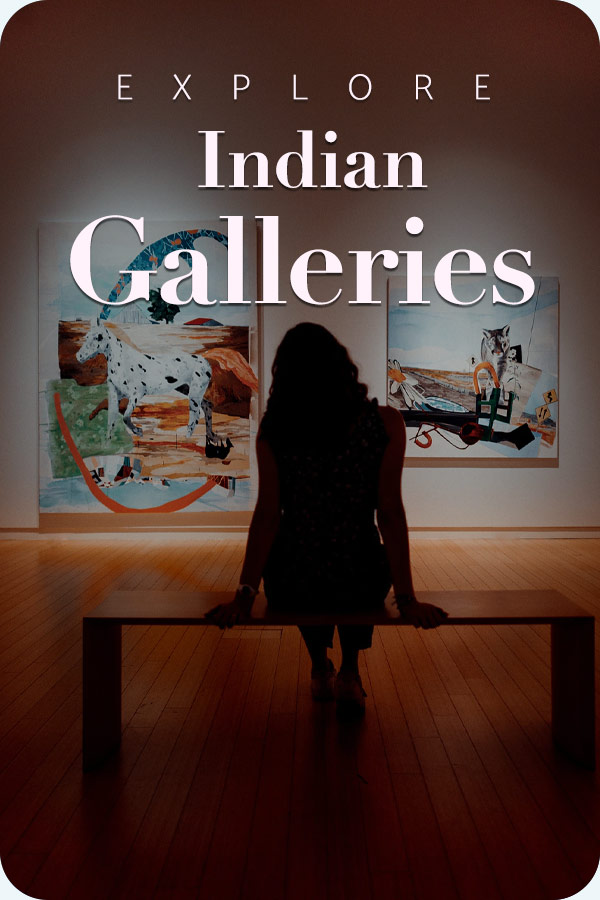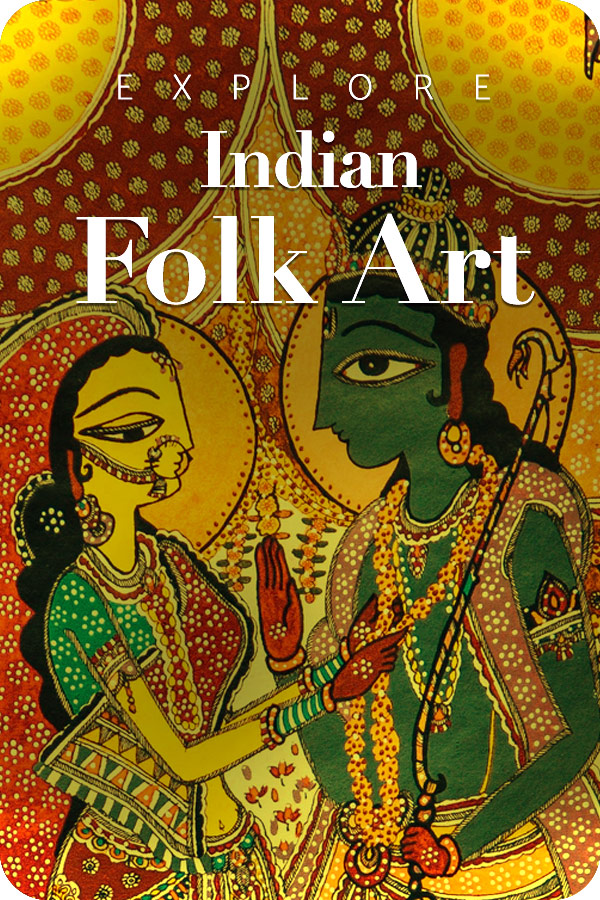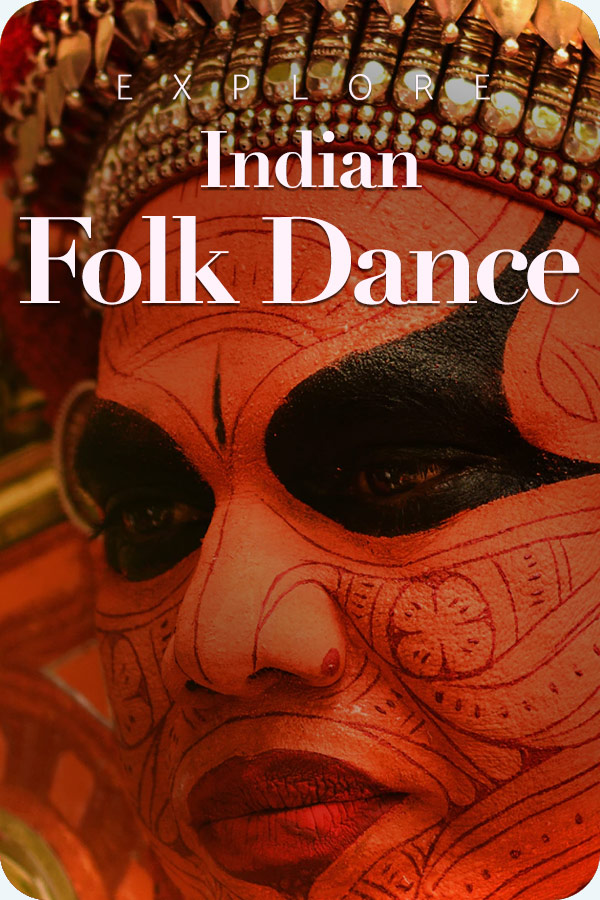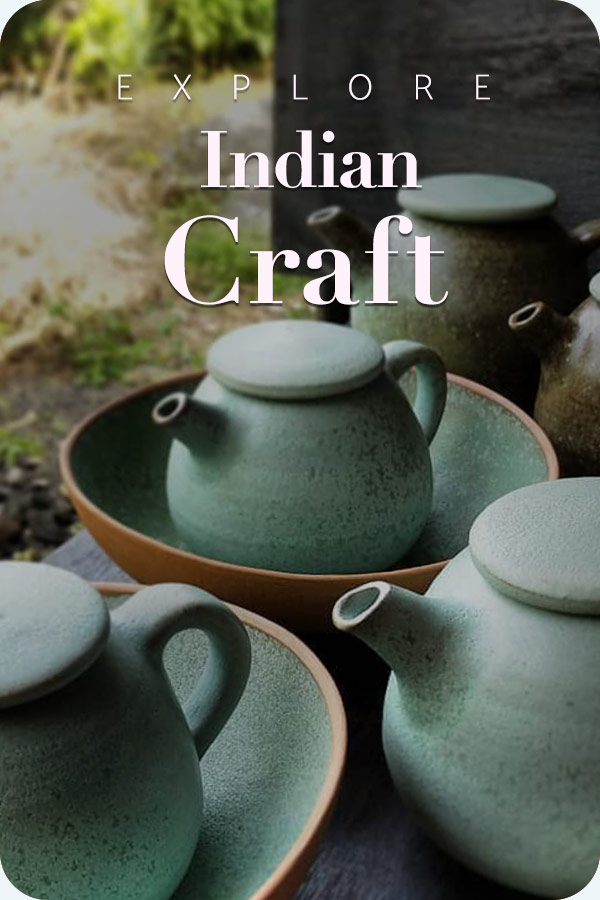
A Restored Canvas
The Aguada Port & Jail Complex in Goa, a meticulously restored 17th-century Portuguese maritime fortress and former prison, is set to transfigure into a major cultural venue with the advent of a significant art exhibition. The majestic Portuguese fortification overlooking the Arabian Sea will host “A Treasury of Life: Indian Company Paintings, c.1790–1835,” an extraordinary collection curated by Giles Tillotson, Senior Vice President at DAG. Scheduled to run from December 2, 2025, to January 14, 2026, the exhibition promises to be the largest presentation in India of the Company Paintings. The exhibition is coming to light with a remarkable collaboration with the Department of Tourism, Government of Goa.
The Aguad Port & Jail Complex was a strategic Portuguese stronghold and a vital port; later, it was converted into a dark prison for Goan freedom fighters. The complex was subject to meticulous restoration under the Government of Goa. In its new form, it has now been turned into a modern centre for arts and culture and continues to narrate its history to everyone. The exhibition by DAG will bring together an impressive range of works produced during a transformative moment in Indian art history.
Understanding The Company Paintings
Formally known as the Company School of Art, its emergence can be traced in the 18th century in India, which erupted as a visual response to shifting socio-political realities. With the arrival of the British East India Company, a new patronage system took root. “Company Painting” is the term coined for artworks produced by Indian artists for European patrons, most notably the British East India Company, in the late 18th and early 19th centuries. The genre of Company Paintings rose at the cost of the declining artistic traditions of Indian courts, such as the Mughal and Rajput painting traditions. And soon, Indian artists trained in traditional Mughal, Rajput, and Deccani idioms began producing artworks tailored to European sensibilities. The timeframe central to this exhibition is that of c. 1790- 1835, when this hybrid style flourished.
The Europeans demanded the documentation of the new and exotic land they occupied in the form of pictorial memories. Thus, these artworks served the European patrons’ curiosity and needs. Instead of focusing predominantly on courtly narratives, religious themes, or mythologies, the artists were commissioned to document natural history, including botanical studies and zoological drawings; architecture, showcasing grand monuments and local ruins; and Indian manners and customs, depicting local festivals, trades, and diverse peoples.
Echoes of The Bygone Era
The exhibition focuses on the dynamism of adaptation of the Indian artists through which they developed their existing skills to quench the demands of their new European clientele. This phase saw a masterful integration of European techniques such as linear perception, realism, and shading, with their native training in intricate line work and detailed finishing. Artists from Murshidabad, Patna, Madras, Tanjore, and Calcutta pioneered distinct sub-schools. Their works were as much scientific documentation as they were aesthetic marvels.
A brand new aesthetic template was born out of this synthesis that was neither purely European nor completely Indian. The exhibition highlights the artistic brilliance of these often-unnamed Indian artists who laid the groundwork for modern art in India. However, not all the artists were unnamed, as works by celebrated names like Sita Ram and Sewak Ram are also featured. “A treasure of Life” stands apart purely because of its commitment to feature diversity and make the experience inclusive. This exhibition reveals that the Company’s paintings are not mere artefacts from the recent past, but they depict an array of collaborative cultural encounters.
The Experience: What To Expect?
View this post on Instagram
The curator Giles Tillotson is a renowned Art Historian himself and is known for his work on Indian painting traditions. The featured artworks express the fact that the paintings are not just static representations of India’s colonial past, but are traces of artistic evolution that once took place in our homeland. Visitors will be able to explore a range of paintings based on the themes of Scientific inquiry, portraits, and figures featuring hierarchies, professions, and everyday life. There exists a hybrid form as well, where Mughal art meets European realism. Also, the beauty of the theme is amplified by the beauty of the restored complex with its stone ramparts and panoramic sea view.
| Important Points | Details |
|---|---|
| Exhibition Title | A Treasury of Life: Indian Company Paintings, c. 1790 to 1835 |
| Organiser | DAG (Delhi Art Gallery) in collaboration with the Department of Tourism, Government of Goa |
| Venue | Aguad Port & Jail Complex, Goa |
| Duration | Opening on 2 December 2025 and remaining on view until mid-January 2026 |
| Curator | Giles Tillotson, SVP, DAG |
| Artistic Period | Late 18th to early 19th century (1790–1835) |
| Historical Context | Art produced by Indian artists for European patrons during the period of the European trading companies, notably the British East India Company |
Key Highlights
- The largest exhibition on Company School paintings ever held in India.
- Rare works sourced from DAG’s extensive collection, some shown publicly for the first time.
- A nuanced narrative explaining how Indian artists shaped colonial aesthetics—not merely followed them.
- A heritage venue (Aguad Fort & Jail) that complements the exhibition’s historical themes.
- Curatorial focus on artistic agency, emphasising Indian painters’ innovation rather than colonial patronage alone.
- A deep dive into cross-cultural exchanges that shaped 19th-century Indian visual culture.
Takeaway
“A Treasury of Life” in Goa is a culturally enriching event that consciously extends its discourse on Indian art beyond the metropolitan centres. It aims to reclaim a chapter of India’s visual history. For decades, Company Paintings were dismissed as colonial byproducts, overshadowing the extraordinary skill and adaptability of Indian artists who shaped a unique global aesthetic. Thus, it justly demands dignity and rightfully restores these paintings, produced by Indians, in the broader perspective of Indian art.
Also, by showcasing the exhibition in a place that once captivated the nationalists, it compels viewers to confront the complex legacy of the colonial encounter, the oppression symbolized by the jail, and the hybrid artistic innovation sparked by the European presence. This is also a very thoughtful gesture, as it was once a site associated with confinement is now a space of cultural release. It demonstrates how historical memory can be transformed through art.
Through this, DAG seeks to re-contextualize not only Goa’s regional past, but the bigger pan-Indian picture. It repositioned Company Painting from a ‘decadent’ footnote of court art to an essential and modern phase of Indian artistic growth. It is a reassertion of Indian creativity, resilience, and ingenuity. It is a must-visit for anyone seeking to understand the deep, interwoven threads of history, heritage, and artistic expression in India.







